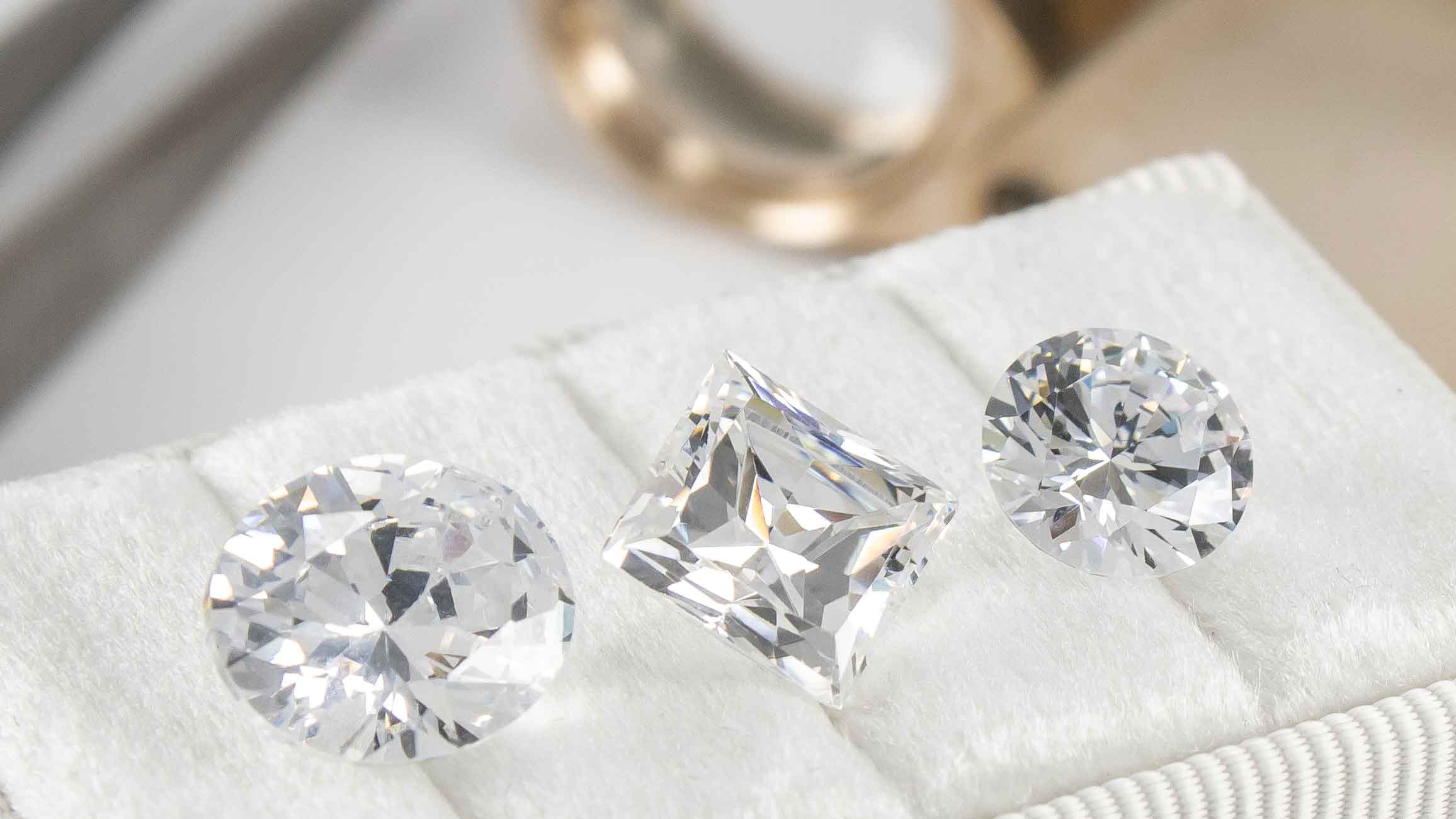Lab grown diamonds have been making waves in the jewelry industry, offering consumers a sustainable and ethical alternative to mined diamonds. As the demand for eco-friendly and socially responsible products continues to rise, more and more people are turning to lab grown diamonds as their top choice for fine jewelry. In this article, we’ll explore the many reasons why lab grown diamonds are becoming the number one choice for savvy shoppers everywhere.
1. What Are Lab Grown Diamonds?
Lab grown diamonds, also known as synthetic diamonds or cultured diamonds, are created in controlled laboratory environments using advanced technological processes that mimic the natural conditions in which diamonds form beneath the Earth’s crust. These diamonds have the same chemical composition, physical properties, and optical characteristics as mined diamonds, making them indistinguishable to the naked eye.
1.1 How Are Lab Grown Diamonds Made?
Lab grown diamonds are produced through two primary methods: High Pressure High Temperature (HPHT) and Chemical Vapor Deposition (CVD).
1.1.1 High Pressure High Temperature (HPHT)
In the HPHT method, lab grown diamonds the #1 choice, a small diamond seed is placed in a carbon-rich environment and subjected to extreme heat and pressure, causing carbon atoms to bond together and form a larger diamond crystal.
1.1.2 Chemical Vapor Deposition (CVD)
In the CVD method, a diamond seed is placed in a vacuum chamber filled with carbon-rich gases. These gases are then ionized into plasma using microwaves or lasers, allowing carbon atoms to accumulate on the seed and gradually form a diamond crystal layer by layer.
2. The Advantages of Lab Grown Diamonds
Lab grown diamonds offer several advantages over mined diamonds, making them an attractive choice for consumers who value sustainability, ethics, and affordability.
2.1 Ethical and Conflict-Free
One of the most significant benefits of lab grown diamonds is that they are entirely conflict-free. Unlike mined diamonds, which are often associated with human rights abuses and environmental destruction, lab grown diamonds are produced ethically and sustainably, without any harm to communities or ecosystems.
2.2 Environmentally Friendly
The process of mining diamonds can have devastating effects on the environment, including deforestation, soil erosion, and habitat destruction. In contrast, lab grown diamonds require minimal environmental impact, with significantly lower carbon emissions and energy consumption.
2.3 Cost-Effective
Lab grown diamonds typically cost 20-40% less than mined diamonds of comparable quality, making them a more affordable option for consumers without compromising on beauty or brilliance.
3. The Quality of Lab Grown Diamonds
Contrary to popular misconceptions, lab grown diamonds are not inferior in quality to mined diamonds. In fact, they often surpass mined diamonds in terms of purity, clarity, and color consistency.
3.1 Purity and Clarity
Because lab grown diamonds are created in controlled environments, they are free from the impurities and inclusions commonly found in mined diamonds, resulting in greater clarity and brilliance.
3.2 Color Consistency
Lab grown diamonds exhibit excellent color consistency, with fewer variations and a more uniform appearance compared to mined diamonds, which can vary widely in color due to natural impurities.
4. The Future of Lab Grown Diamonds
As technology continues to advance and consumer preferences shift towards sustainability and ethics, the future of lab grown diamonds looks brighter than ever. With ongoing research and innovation, lab grown diamonds are poised to revolutionize the jewelry industry and become the undisputed number one choice for discerning consumers worldwide.
4.1 Innovations in Diamond Synthesis
Researchers are constantly developing new techniques and materials to improve the efficiency and quality of lab grown diamonds, paving the way for even more sustainable and affordable options in the future.
4.2 Consumer Awareness and Education
As awareness of the environmental and ethical issues surrounding mined diamonds grows, more consumers are seeking out alternatives like lab grown diamonds and demanding transparency and accountability from jewelry companies.
Conclusion
Lab grown diamonds are quickly emerging as the top choice for consumers who prioritize sustainability, ethics, and value. With their ethical sourcing, environmental friendliness, and exceptional quality, lab grown diamonds offer a compelling alternative to mined diamonds without sacrificing beauty or brilliance. As technology continues to advance and consumer awareness grows, the future of lab grown diamonds looks brighter than ever.

